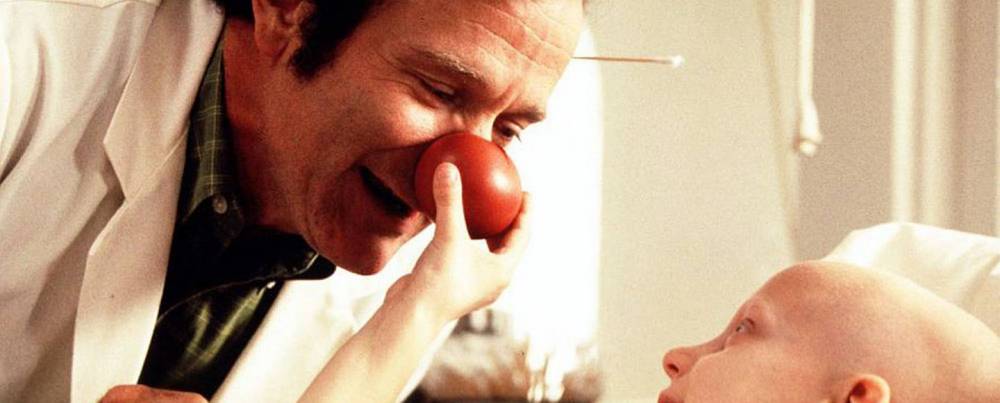
Dr Hunter Doherty “Patch” Adams had a dream – to build a unique type of hospital that offers not just top-quality medical care but the exact sort of compassionate and joyful care that Adams is known for around the world.
Immortalised in film by Robin Williams in the 1998 film “Patch Adams”, Patch brought a new perspective on caring for patients.
What the audience may see and remember is goofy Patch dressing up and pretending to be a clown in a hospital setting – but what he was really doing is encouraging laughter in terminal patients, demonstrating that by taking the patient’s attention, laughter can suppress the suffering, even for a moment.
He showed that while it’s important to know the ins and outs of medical knowledge, it’s also important to show compassion and treat challenges with humour.
Patch also emphasises the importance of listening to what the patient says and feels at that moment in which he is so vulnerable.
There are many important and insightful moments in the film, that even today can be applied to hospitals, aged care and palliative care.
Patch put the focus on the person, something that can be overlooked in a clinical setting.
“You treat a disease, you win, you lose. You treat a person, I guarantee you, you’ll win,no matter what the outcome.”
“Our job is to increase health. That means improving the quality of life, not just delaying death.”
Another iconic moment in the film is Patch helping an elderly patient to eat.
The doctor-elderly patient relationship is portrayed in an unusual way when Patch persuades the patient, Aggie, to eat by making Aggie’s old dream come true – gathering the team of doctors and nurses around a pool full of spaghetti.
In a scene of “sillyness” Patch shows that no matter how old the patient is, humanisation in the care and the respectful treatment of the elderly is an essential tool in caring for the vulnerable age group.
Though Patch was a doctor who primarily worked in hospitals and clinics, his words truly apply to anyone who works in healthcare – this includes nurses and aged care workers.
“I want to help. I want to connect with people. A doctor interacts with people at their most vulnerable. He offers treatment, but he also offers counsel and hope. That’s why I love the idea of being a doctor.”
Patch even had some interesting views death – one that people may not agree with – but his words weighed heavy on the ears of the audience.
“What’s wrong with death sir? What are we so mortally afraid of? Why can’t we treat death with a certain amount of humanity and dignity and decency and, god forbid, maybe even humour. Death is not the enemy gentlemen. If we’re going to fight a disease, let’s fight one of the most terrible diseases of all, indifference.”
Here, the indifference Patch talks about is how staff – doctors, nurses and students – treat their patients.
“Every person that comes to my clinic is a patent as well as a doctor”. By this statement, he makes clear that doctor has not only a role of prescribing medicine.
He defines doctor as a compassionate person who is able to support the uplifting of patients quality of life, by any means.
The most telling message in the life and career of Dr Patch Adams, is to remember that everyone is human – those giving the treatment, those who are getting treated.
What they all deserve is compassion and kindness, as a part of the best “care” they can get.
What do you have to say? Comment, share and like below.
Well put….Amen!